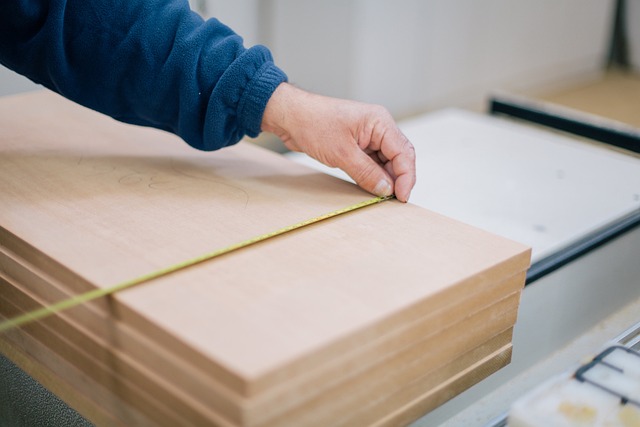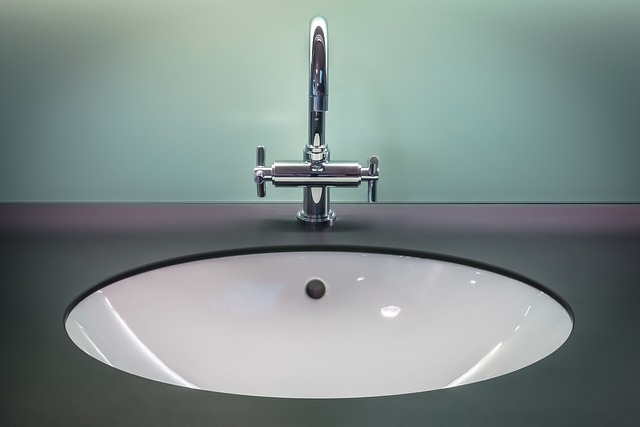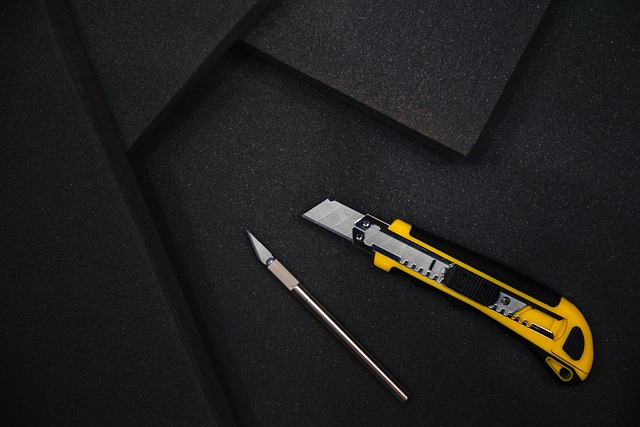
The Imperial Ruler
The imperial ruler is a fundamental tool used in various fields, including construction, engineering, and arts. Its design and functionality make it a staple for professionals and hobbyists alike. This article delves into the characteristics, uses, and advantages of the imperial ruler, providing a comprehensive overview for anyone looking to understand this essential measuring tool.
What is an Imperial Ruler?
An imperial ruler is a measuring device that typically features a scale divided into inches and fractions of inches. Unlike metric rulers, which use centimeters and millimeters, imperial rulers are based on the traditional system of measurement used primarily in the United States and a few other countries. The most common lengths for imperial rulers are 12 inches, 18 inches, and 36 inches, although longer versions are also available.
Design Features
Most imperial rulers are made from materials such as wood, plastic, or metal. Each material has its own set of advantages:
- Wood: Often used in traditional settings, wooden rulers are sturdy and provide a classic feel. They may warp over time but can be very accurate when maintained properly.
- Plastic: Lightweight and often more affordable, plastic rulers are popular in educational settings. They are less durable than metal but can be more flexible.
- Metal: Metal rulers, especially those made from anodized aluminum, are known for their durability and precision. They are less likely to warp and can withstand rough handling.
How to Read an Imperial Ruler
Reading an imperial ruler involves understanding the markings along its length. Each inch is typically divided into smaller increments:
- Each inch is divided into fractions, commonly into halves (1/2), quarters (1/4), eighths (1/8), and sixteenths (1/16).
- The smallest markings represent 1/16 of an inch, which can be crucial for precise measurements in detailed work.
- Some rulers may also have additional markings for specific applications, such as architectural scales or engineering scales.
Applications of the Imperial Ruler
The imperial ruler is versatile and used in various applications:
- Construction: Builders and contractors rely on imperial rulers for accurate measurements when constructing buildings and other structures.
- Engineering: Engineers use imperial rulers for designing and drafting plans, ensuring that all dimensions are precise.
- Arts and Crafts: Artists and crafters utilize rulers for creating straight lines and measuring materials, making it an essential tool in their toolkit.
- Education: In schools, imperial rulers are often used to teach students about measurement and geometry.
Advantages of Using an Imperial Ruler
There are several advantages to using an imperial ruler:
- Familiarity: In regions where the imperial system is standard, users may find it easier to work with inches and feet.
- Precision: The ability to measure in fractions allows for detailed work, particularly in fields like carpentry and engineering.
- Durability: High-quality metal rulers can last for years, making them a worthwhile investment for professionals.
Conclusion
The imperial ruler remains a vital tool across various industries and applications. Understanding its features and how to use it effectively can enhance accuracy and efficiency in measuring tasks. Whether for professional use or personal projects, having a reliable imperial ruler is essential for achieving precise results.




















 Parkay Floors
Parkay Floors 
 Health
Health  Fitness
Fitness  Lifestyle
Lifestyle  Tech
Tech  Travel
Travel  Food
Food  Education
Education  Parenting
Parenting  Career & Work
Career & Work  Hobbies
Hobbies  Wellness
Wellness  Beauty
Beauty  Cars
Cars  Art
Art  Science
Science  Culture
Culture  Books
Books  Music
Music  Movies
Movies  Gaming
Gaming  Sports
Sports  Nature
Nature  Home & Garden
Home & Garden  Business & Finance
Business & Finance  Relationships
Relationships  Pets
Pets  Shopping
Shopping  Mindset & Inspiration
Mindset & Inspiration  Environment
Environment  Gadgets
Gadgets  Politics
Politics 